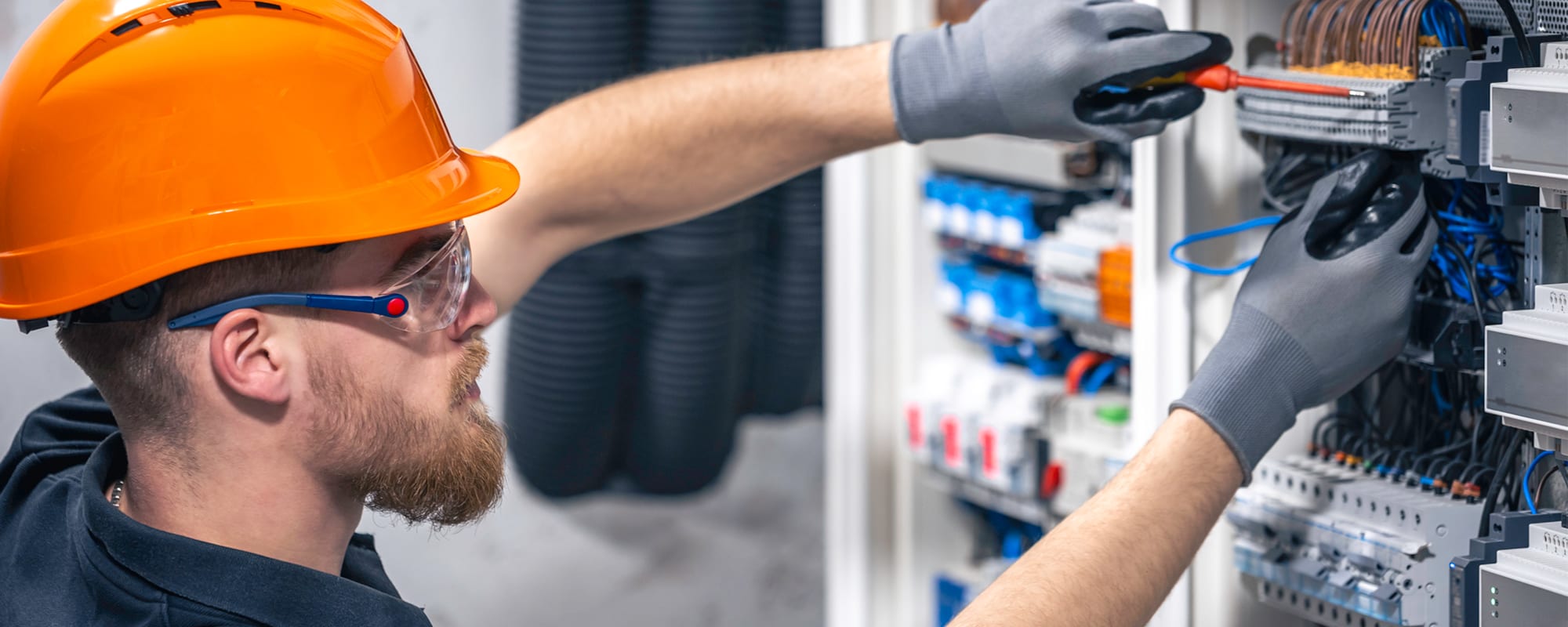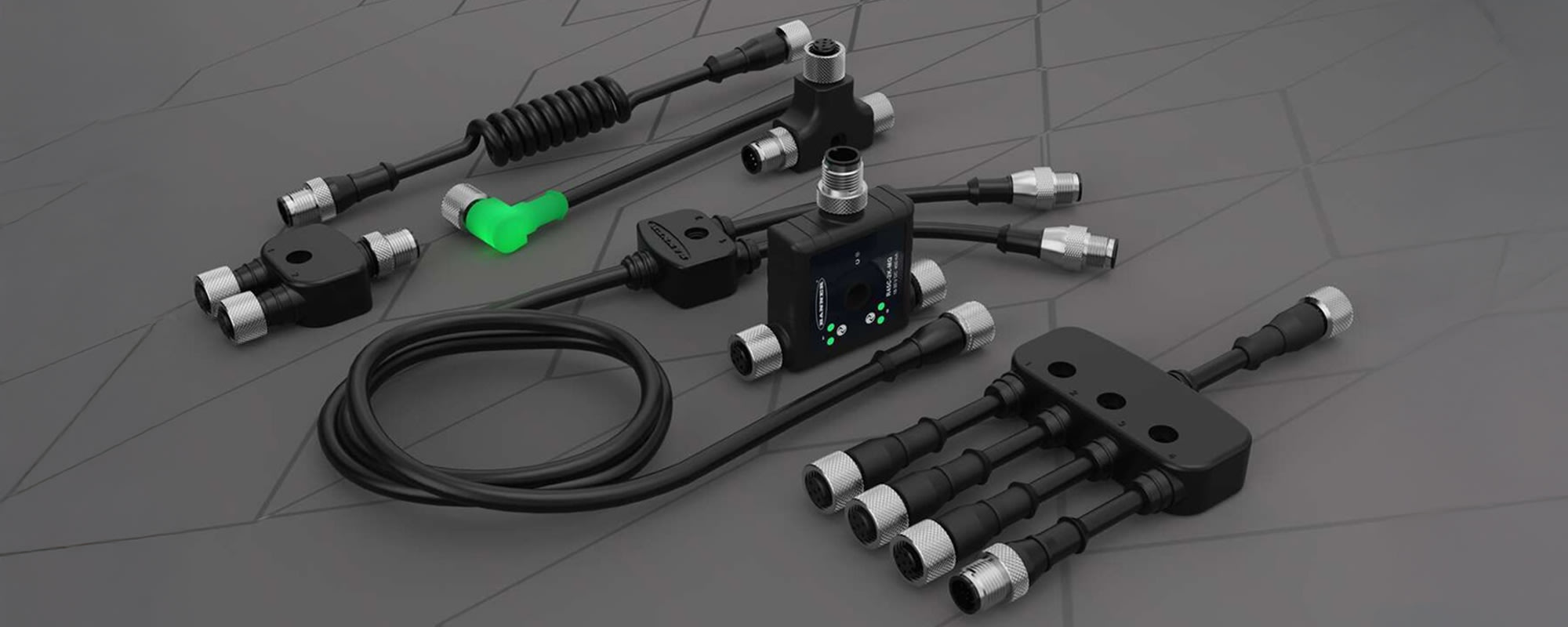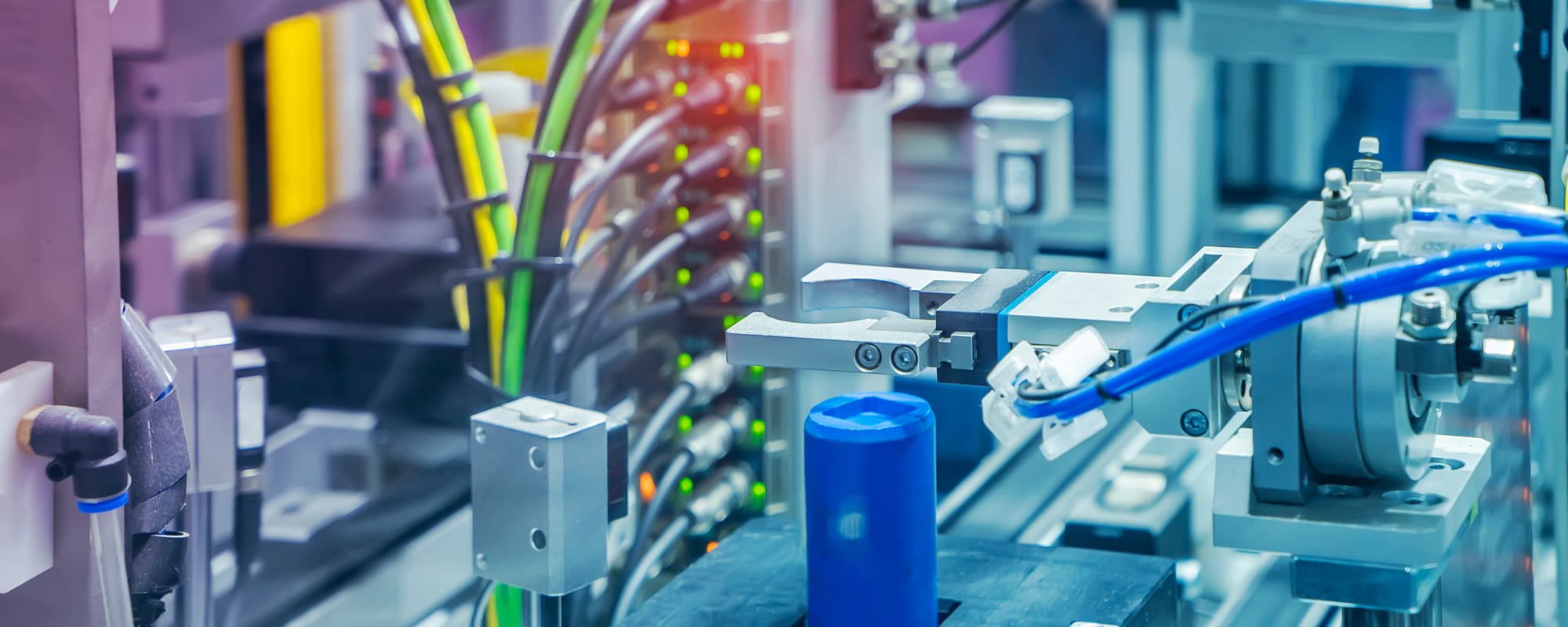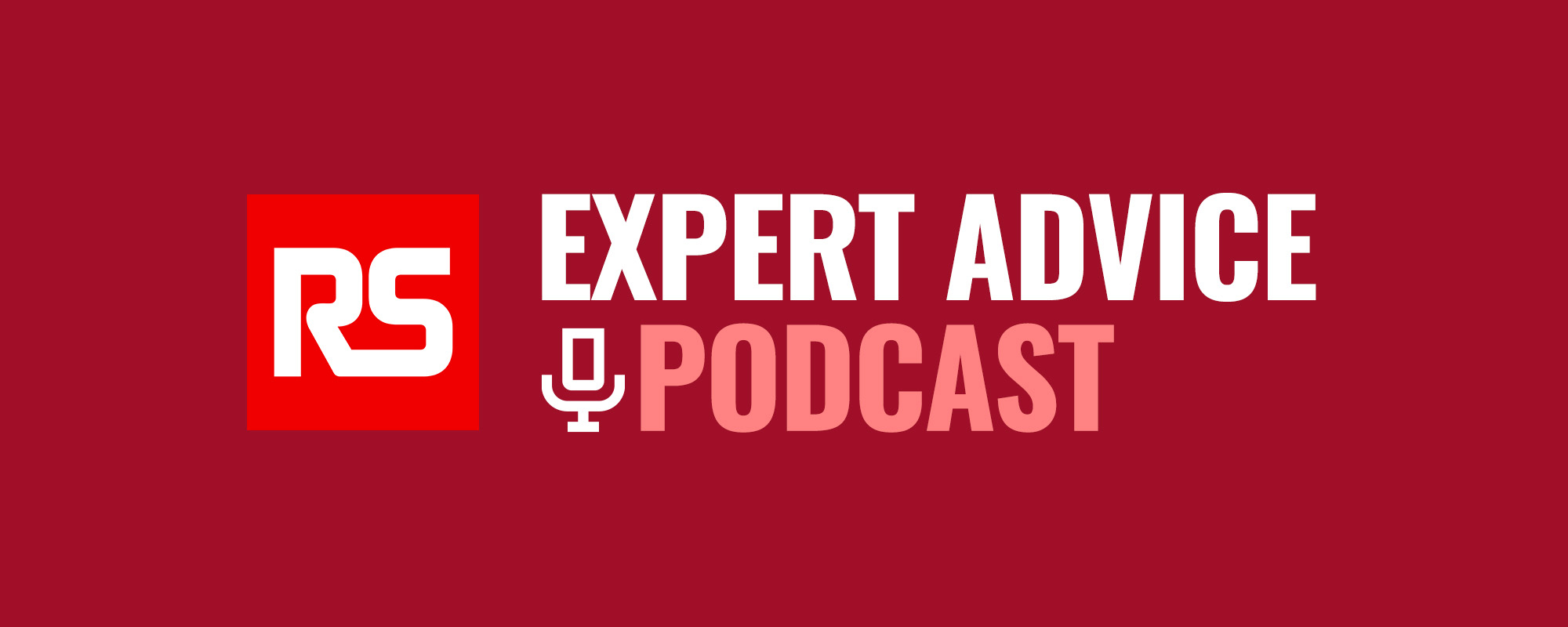We spoke to Jordan Ward, the Circuit Protection and Controls Business Developer at Siemens, to learn more about industrial control panels, spanning essentials to common design and engineering challenges and the benefits of Siemens integrated control panel solutions.

Business Developer at Siemens
The steady adoption of Industry 4.0 technologies, including automation systems, is fueling significant growth in the global industrial control panel market, which currently has an estimated value of $15 billion and is projected to grow to around $25 billion by 2033.
Another fun fact? Engineering time accounts for up to 80% of a control panel’s cost. So, the impact of increasing engineering efficiency can be quite significant.
We spoke to Jordan Ward, the Circuit Protection and Controls Business Developer at Siemens, to learn more about industrial control panels. Here, Jordan, addresses the essentials, shares solutions to common design and engineering challenges, and introduces the Siemens portfolio of integrated control panel solutions.
1. Hi Jordan. Please introduce yourself and tell us a little about Siemens.
My name is Jordan Ward, and I’m the Circuit Protection and Controls Business Developer for Siemens. I started my career at Siemens in Texas about nine or 10 years ago as a totally integrated automation account manager. I later transitioned to an account manager role in our Circuit Protection and Control business unit (BU), and now I’m the business developer for low-voltage controls and circuit protection in this same BU.
Siemens is a large, broadly diversified global company based in Germany. We provide a vast range of products designed to improve sustainability and efficiency across industries, ranging from electronic devices — like motors and drives, circuit protection, industrial controls, HMIs, automation systems, and industrial communications — to building, mobility, and technologies and specialized software and services.
2. You joined us today to talk about integrated control panels. So, let’s dive in. What should people know?

Control panels are employed in every industrial market segment — oil and gas, automotive, food and beverage, agriculture, automated manufacturing, you name it. They’re the central command center for industrial machinery and systems and house a variety of electronic components and devices used to automate and manage processes, monitor systems, collect data for diagnostics, troubleshooting, and process optimization, facilitate system and network communication, and help ensure equipment and operator safety. These can include PLCs, HMIs, variable frequency drives (VFDs), power supplies, circuit breakers, industrial surge protection devices, overload relays, control devices, pushbuttons, industrial networking solutions, and more.
Each industrial market has different machines and processes with different operational needs, though. So, control panels aren’t one-size-fits-all solutions. The difference between a standard control industrial panel built and an integrated control panel is that integrated control panels are customized, cohesive units built to suite your unique application using vendor expertise, which offers a number of impactful advantages. For example, integrated control panels are built to optimize space, airflow, interoperability, and wiring efficiency. They enable faster installation, increase system reliability by minimizing the number of connection points, and can even help improve uptime and optimize maintenance by centralizing diagnostics.
3. What common challenges do people face when it comes to industrial control panel design and engineering, and do you have any advice for overcoming these challenges?
One of the most common control panel challenges is overcoming space constraints. Most organizations are working with limited panel sizes, and if they don’t have an integrated plan and are just adding components themselves, they often end up with poorly laid-out environments that fail to maximize the limited space. This can also lead to obstructed airflow and inadequate ventilation and cooling, which could shorten component and device lifetimes or even cause failures. Integrated control panels typically employ modular components to optimize space, enhance flexibility, improve thermal management, and support scalability.

Another is ensuring personnel and equipment safety. This often comes down to standards compliance. Here in the U.S., you want to ensure compliance with UL or National Electric Code (NEC) standards, like UL 508A. Internationally, you want you ensure IEC compliance. Integrated control panel solutions spec’d by suppliers, engineering services, or certified panel shops can be a huge help when it comes to navigating these ever-evolving standards, ensuring compliance, and safeguarding staff and infrastructure.
A third common challenge is wiring complexity. Most of us have probably at least seen a picture of a control panel filled with a mess of wires. But dense wiring like that can cause signal interference, make maintenance, system expansions, and troubleshooting more challenging, and take up even more of the already limited space within the panel.
Plus, in today’s world, data is everything. And while that’s true in just about every industry, in industrial markets, that’s resulted in the steadily increasing adoption of Industry 4.0 trends and technologies, like electrification, digitalization, IIoT networks, and remote monitoring and control. So, we’re seeing more and more end users install devices that allow them collect and analyze real-time system data to support predictive maintenance strategies, troubleshoot issues, minimize equipment downtime and associated costs, and keep systems running smoothly. Very few organizations switch from legacy systems to smart systems all at once, though. It’s typically done in stages spread out over time. So, a newer control panel challenge is planning for future expansions.
Another challenge that relates to this is interoperability, as not every supplier offers a full suite of both standard and smart industrial control solutions. So, most control panels will need components and devices from various vendors to be able to communicate with each other.
And, of course, you’ve got to protect all these components and devices. So, you not only need to incorporate things like circuit breakers, surge protectors, and overload relays, but you need to make sure that they’re all capable of providing sufficient protection against electrical faults.
Given all these challenges, one of the best practices for building control panels is to work with a vendor that can help you develop a clear specification based on your applications demands and challenges. Another is to collaborate with all your stakeholders early in the process so you can identify and overcome any issues prior to the initial build, which — in the case of integrated control panel solutions like these — also leave room for scalability. All of us vendors do some things a little differently, but every trusted supplier is UL compliant, which is a big benefit.
4. Please introduce us to Siemens’ integrated control panel design and engineering solutions.
Siemens offers a comprehensive portfolio of highly integrated control panel design and engineering products and solutions that are designed from the ground up with digitalization and scalability in mind and globally tested, certified, and field-proven to optimize virtually any application in any industrial market segment.
Our core integrated control panel products include:
- Power supply and distribution devices, such as switchgear, transformers, and uninterruptable power supplies
- Industrial controls, such as PLCs and HMIs, load feeders, intelligent link modules, and IEC switching and protecting devices
- Motor controls, such as soft starters and VFDs
- Circuit protection devices, such as contactors, overload relays, and circuit breakers
- Industrial communication devices, such as Industrial Ethernet switches and IIoT gateways
- Industrial automation solutions, SIMATIC controllers, I/O, and distributed control systems.
As part of our commitment to make everything smart and support customers’ growing demand for data and the trend toward digitalization, we recently introduced the new 3RC7 Intelligent Link Modules (pictured below) for our motor controls. We use link modules to connect the contactors to the motor starter protectors (MSPs) in our integrated control panels, and our new 3RC7s, which allow users to collect performance data and pull it directly into our SCADA systems, are the first — and currently only — intelligent link modules available on the market. They allow users to access voltage and current monitoring and active power data to support predictive maintenance, they have an integrated overload function, and they deliver fast fault detection — all of which helps keep equipment running smoothly and keep personnel and equipment safe.

If you have a control panel challenge, or you’re looking to pull more data out of your devices, Siemens has a product or solution that will satisfy your needs. And while there are a lot of other vendors out there that do essentially the same thing we do, our more than 175 years of R&D expertise combined with our comprehensive, globally compliant product portfolio with integrated intelligence and our smart, user-friendly engineering tools really set us apart and enables easy and efficient end-to-end integration.
For example, our Totally Integrated Automation (TIA) Selection Tool is designed to make it easy to simplify your product selection and system configuration. You can use this tool to make sure your PLCs, VFDs, motor controls, pilot devices, and other control panel products will all work together and fit within the allotted panel space.
Our TIA Portal is another unique engineering tool. This cohesive software allows you to program your PLCs, smart motor control devices, VFDs, and soft starters all in one system, which helps you maximize your energy efficiency and improves your diagnostics capabilities.
Optimize your industrial control panels with integrated solutions from Siemens and RS
Siemens designs and develops solutions engineered to help customers exploit the potential of their data by securely connecting the real and digital worlds and bringing previously separate processes into a single data flow to optimize performance. Siemens enables more efficient factories, more resilient supply chains, and smarter buildings and grids with a wide and ever-expanding range of advanced technologies.
RS offers an extensive selection of Siemens solutions, including integrated control panel products, such as power supply and distribution devices, industrial controls, motor controls, circuit protection devices, industrial communication devices, and industrial automation solutions, like I/O. To learn more, visit the links embedded here and above, visit the Siemens website, and check out the other Siemens contributions to the RS Expert Advice Series.
For assistance identifying, procuring, deploying, and maintaining Siemens integrated control panel solutions designed to optimize space, airflow, interoperability, and wiring efficiency, enable faster installation, increase system reliability and uptime, and improve safety and maintenance, please contact your local RS representative at 1.866.433.5722 or reach out to the RS technical support team.







